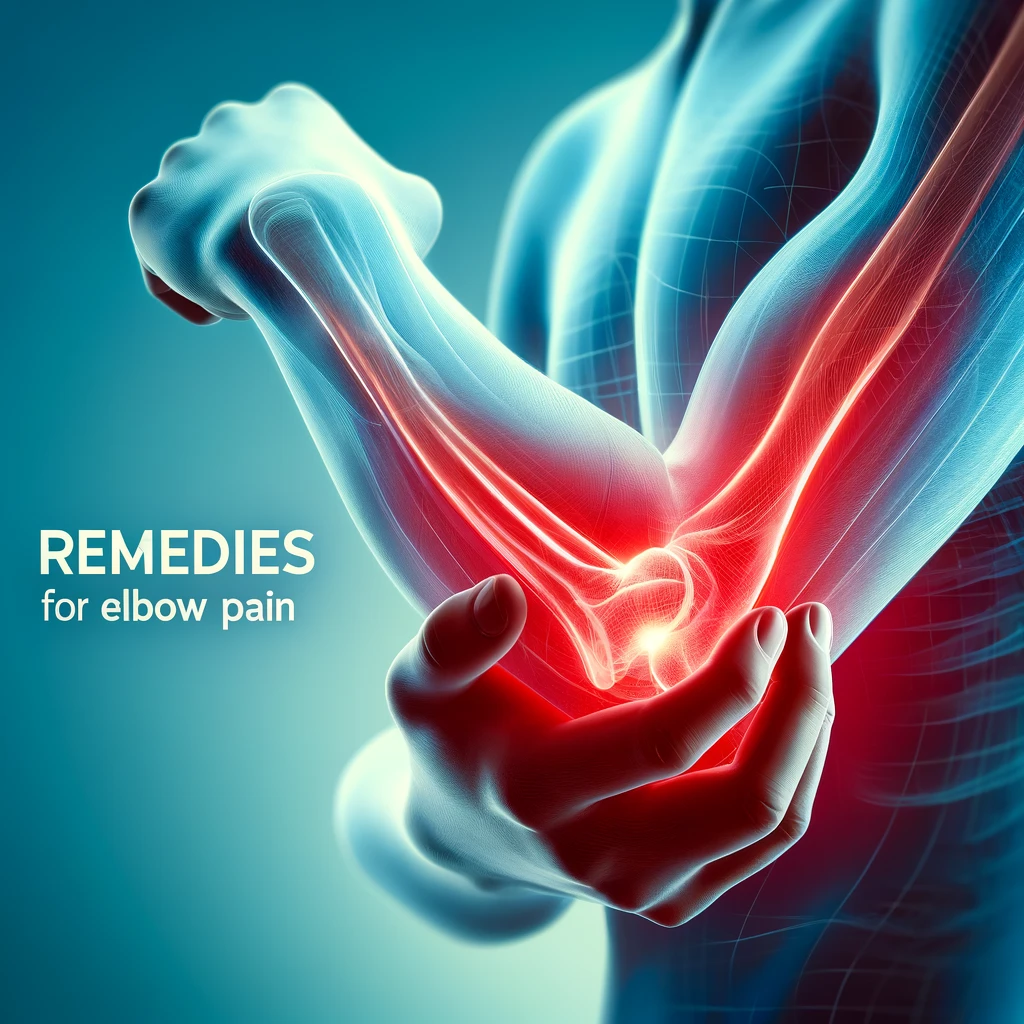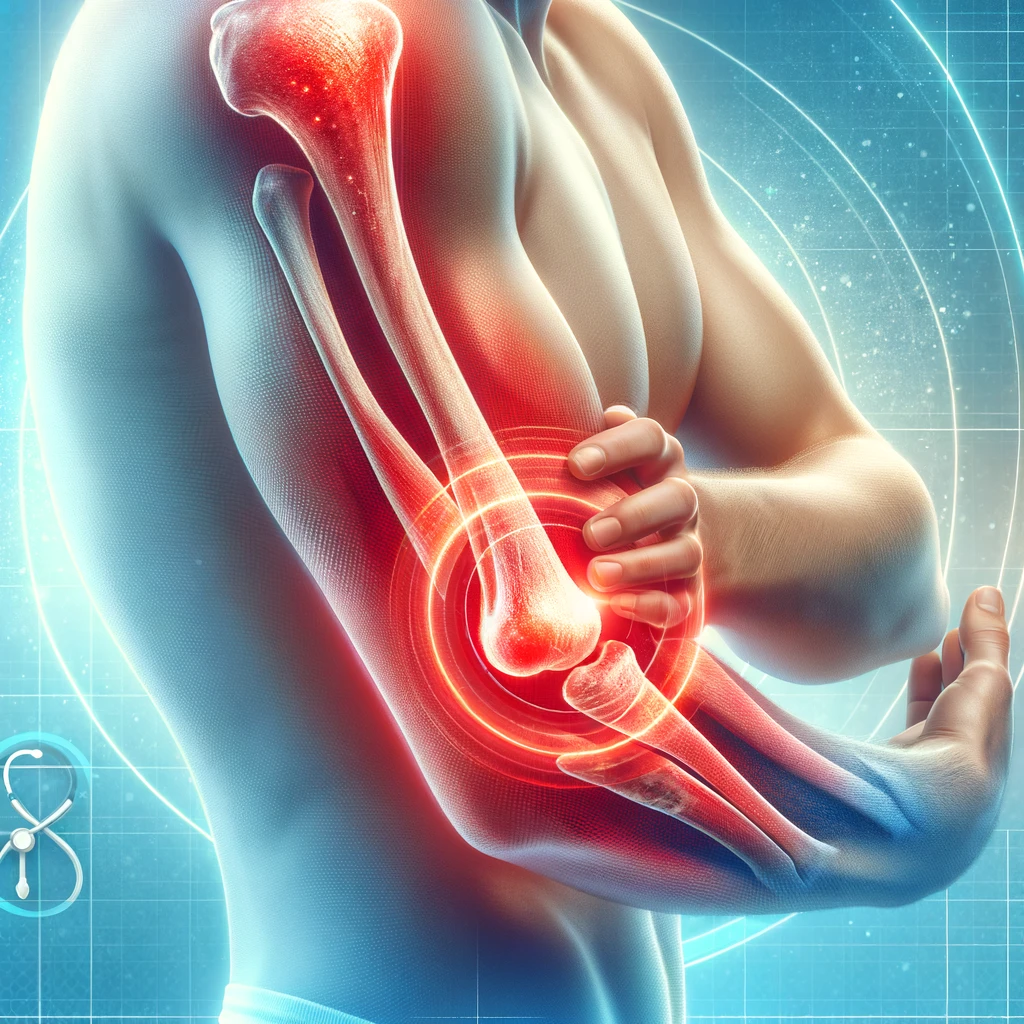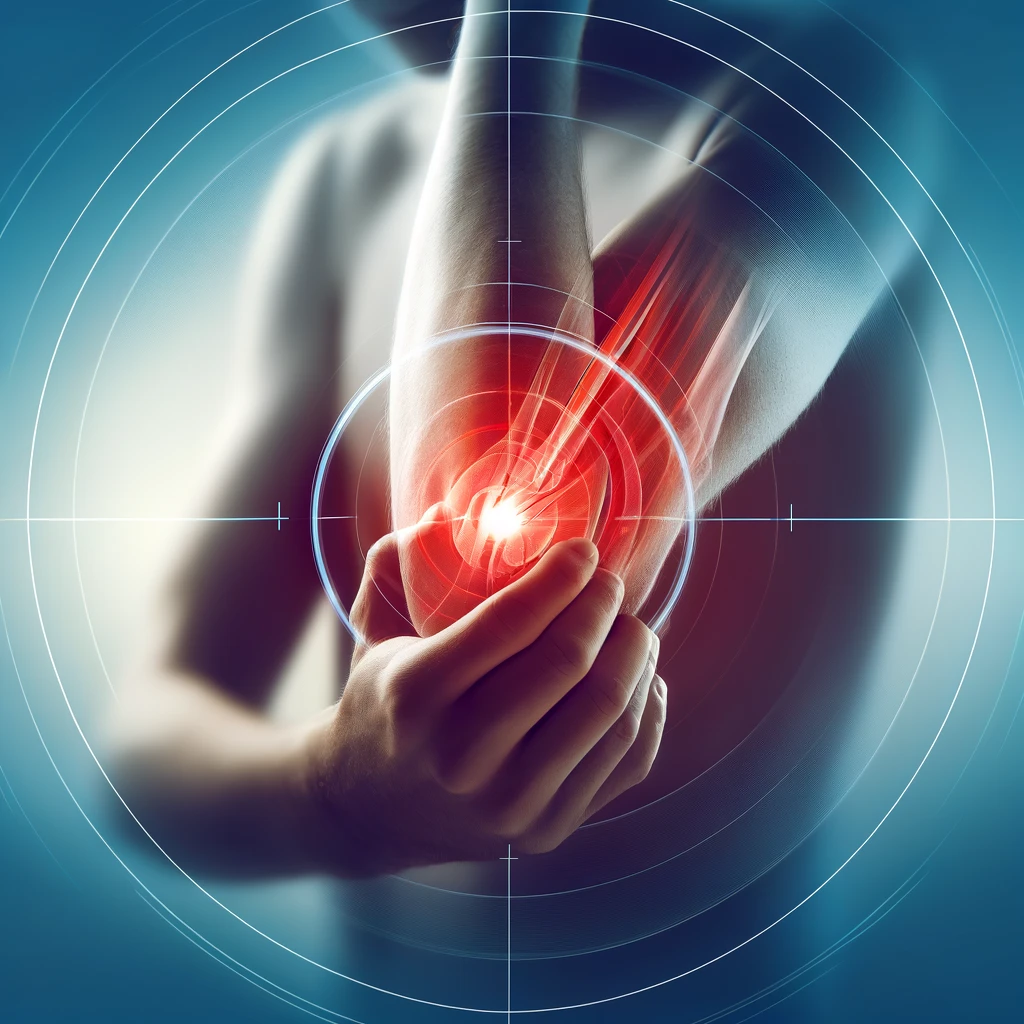
Table of Contents
Elbow pain can be a real hassle, right? It can interfere with daily activities and make even the simplest tasks difficult. Whether it’s from overuse, an injury, or arthritis, finding effective remedies for elbow pain is crucial to get you back to your routine.
Types of Elbow Pain
Acute vs. Chronic Elbow Pain
Elbow pain can be acute or chronic. Acute pain comes on suddenly, often from an injury like a fall or a twist. Chronic pain, on the other hand, develops over time and can be due to repetitive movements or underlying conditions.
Common Causes: Overuse, Injury, Arthritis
Common causes of elbow pain include overuse injuries like tennis elbow, trauma from accidents and conditions like arthritis. Identifying the cause is the first step in finding the right remedy.
Home Remedies for Elbow Pain
Rest and Activity Modification
Sometimes, the best thing you can do for your elbow is to give it a break. Resting the affected area and modifying activities to avoid further strain can help reduce pain and promote healing.
Ice and Heat Therapy
Applying ice packs can help reduce inflammation and numb the pain. Heat therapy, like warm compresses, can relax muscles and improve blood flow. Alternating between ice and heat can be particularly effective.
Compression and Elevation
Using a compression bandage can help reduce swelling, while elevating the elbow can minimize fluid buildup and alleviate discomfort.
Natural Remedies
Herbal Treatments
Herbs like turmeric and ginger have natural anti-inflammatory properties. Consuming them in teas or as supplements can help reduce elbow pain.
Essential Oils
Essential oils such as peppermint and eucalyptus can provide relief when massaged into the affected area. These oils have cooling and anti-inflammatory effects.
Dietary Adjustments
Eating a balanced diet rich in omega-3 fatty acids, like fish and flaxseeds, can help reduce inflammation. Staying hydrated is also essential for joint health.
Over-the-Counter Treatments
Pain Relievers
Over-the-counter pain relievers like ibuprofen and acetaminophen can help manage elbow pain by reducing inflammation and pain.
Anti-Inflammatory Medications
Nonsteroidal anti-inflammatory drugs (NSAIDs) can be particularly effective in reducing swelling and pain.
Topical Creams and Gels
Topical treatments like creams and gels can be applied directly to the elbow to provide localized relief. Look for products containing ingredients like menthol or capsaicin.
Physical Therapy and Exercises
Stretching Exercises
Gentle stretching can help maintain flexibility and reduce stiffness. Focus on stretches that target the forearm and elbow muscles.
Strengthening Exercises
Strengthening exercises can help support the elbow joint and prevent future injuries. Using light weights or resistance bands can be beneficial.
Range of Motion Exercises
These exercises aim to improve the elbow’s flexibility and function. Regularly moving the joint through its full range of motion can prevent stiffness and improve mobility.
Alternative Therapies
Acupuncture
Acupuncture can be an effective treatment for chronic elbow pain. By targeting specific points, it can help reduce pain and improve function.
Massage Therapy
Massage therapy can help relax muscles, reduce tension, and improve blood flow. A professional massage therapist can focus on the elbow and surrounding areas to provide relief.
Chiropractic Care
Chiropractors can perform adjustments to help alleviate pain and improve joint function. This can be particularly helpful for pain caused by misalignment or nerve issues.
Lifestyle Changes
Ergonomic Adjustments
Making ergonomic adjustments at work and home can help prevent elbow pain. This includes using proper posture, supportive equipment, and taking regular breaks.
Proper Technique in Sports and Activities
Using the correct technique in sports and other activities can help prevent overuse injuries. This might involve professional training or coaching to ensure you’re doing things right.
Regular Exercise and Stretching
Regular exercise and stretching can keep your muscles strong and flexible, reducing the risk of injury and pain.
When to See a Doctor
Signs That Require Medical Attention
If your elbow pain is severe, persistent, or accompanied by swelling, redness, or numbness, it’s time to see a doctor. These symptoms could indicate a more serious condition.
Persistent or Severe Pain
Pain that doesn’t improve with home remedies or over-the-counter treatments should be evaluated by a healthcare professional.
Diagnostic Tests and Evaluations
A doctor may recommend imaging tests like X-rays or MRIs to diagnose the cause of your elbow pain accurately.
Preventive Measures
Warm-Up Routines
Warming up before physical activity can help prepare your muscles and joints, reducing the risk of injury.
Protective Gear
Using protective gear like elbow braces or pads can help prevent injuries during sports and other activities.
Regular Breaks During Repetitive Activities
Taking regular breaks and changing positions during repetitive activities can help prevent overuse injuries.
Living with Elbow Pain
Coping Strategies
Living with chronic elbow pain can be challenging. Finding effective coping strategies, such as gentle exercises, stress management techniques, and support from friends and family, is essential.
Support Systems
Joining a support group or seeking counseling can help you manage the emotional and psychological aspects of living with chronic pain.
Mental Health Considerations
Chronic pain can take a toll on your mental health. It’s important to address these issues with appropriate mental health support.
Expert Opinions
Insights from Healthcare Professionals
Healthcare professionals can provide valuable insights into the causes and treatments of elbow pain, as well as tips for prevention and management.
Tips from Physical Therapists
Physical therapists can offer advice on exercises and stretches to strengthen the muscles around the elbow and prevent pain.
Conclusion
Elbow pain can be a real nuisance, but there are plenty of remedies to help manage it. From home remedies and natural treatments to professional therapies and lifestyle changes, finding what works for you is key. Remember, if your pain persists or worsens, it’s important to seek medical advice.
FAQs
What are the first signs of elbow pain?
The first signs of elbow pain often include discomfort, tenderness, and stiffness in the elbow joint, especially after repetitive use or injury.
Can elbow pain be a sign of something serious?
Yes, elbow pain can sometimes indicate a more serious condition like a fracture, infection, or nerve compression. It’s important to seek medical advice if the pain is severe or persistent.
How long does it take for elbow pain to heal?
The healing time for elbow pain depends on the cause and severity of the condition. Minor injuries may heal in a few weeks, while more serious conditions could take months.
Are there specific exercises to prevent elbow pain?
Yes, exercises that strengthen the forearm and wrist muscles, improve flexibility, and enhance overall arm strength can help prevent elbow pain.
What should I avoid if I have elbow pain?
If you have elbow pain, avoid activities that strain the elbow, such as lifting heavy objects, repetitive motions, and any movements that exacerbate the pain.



